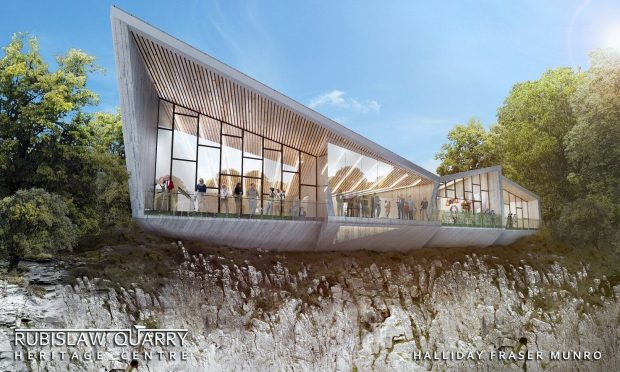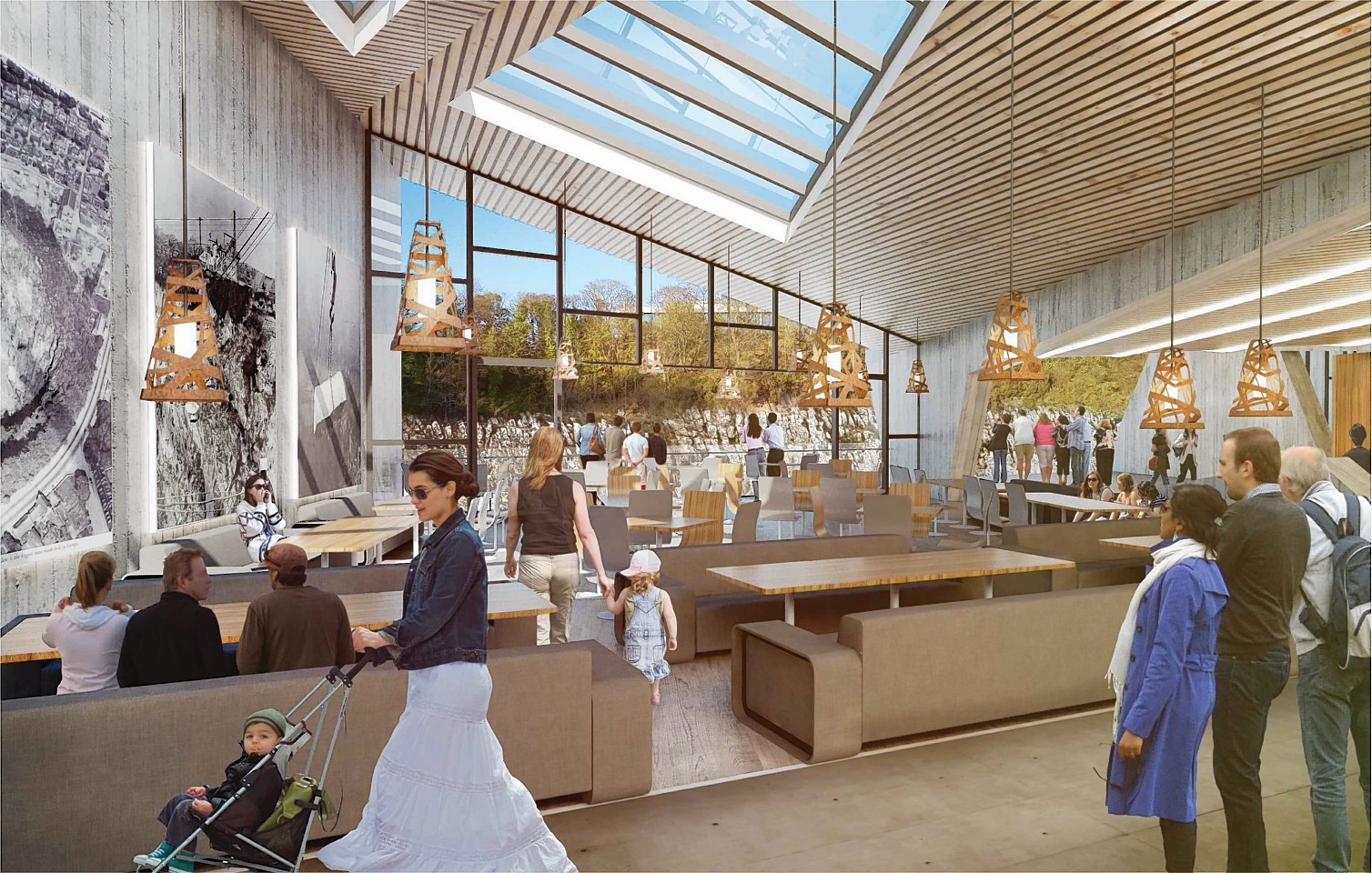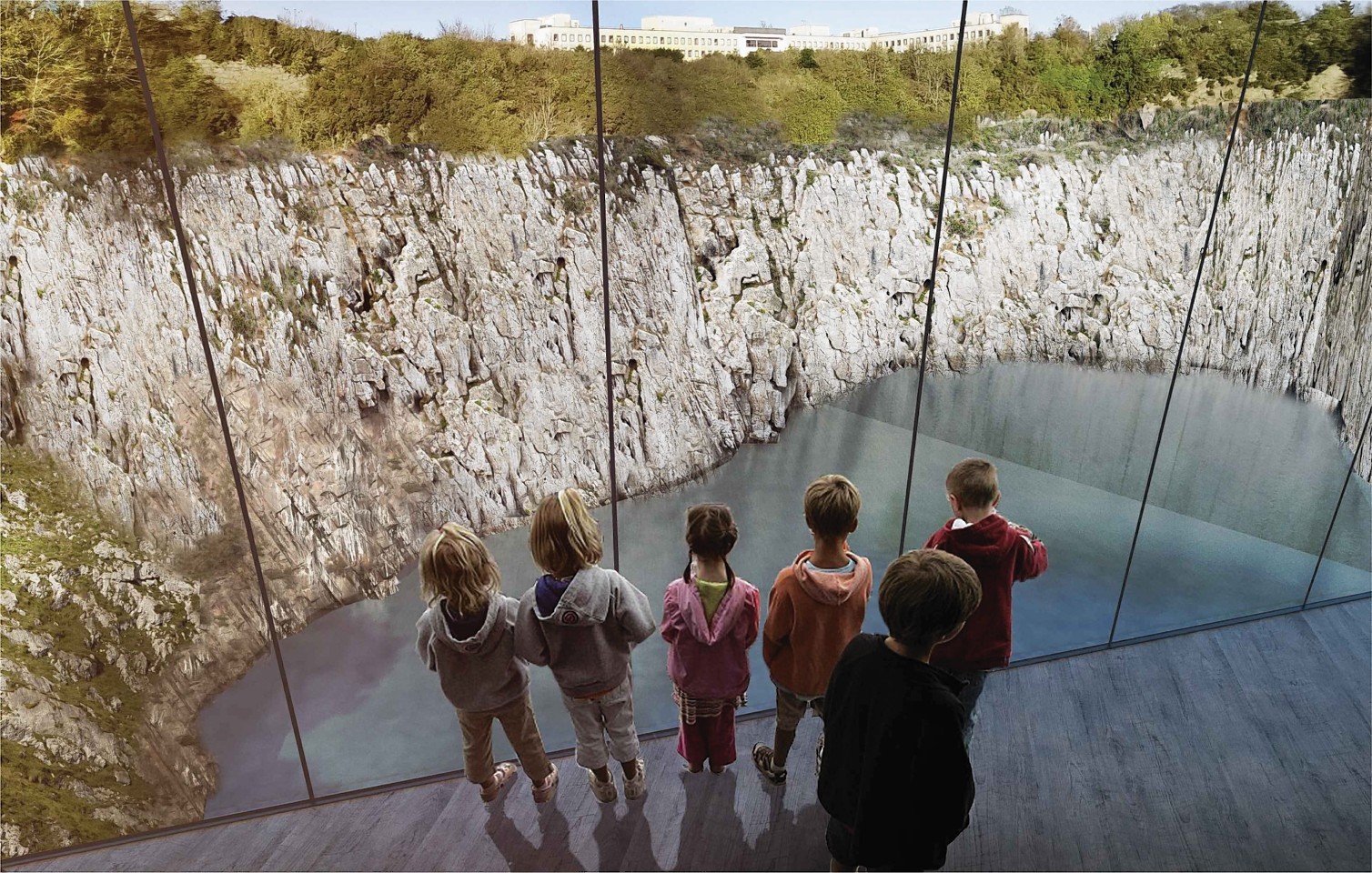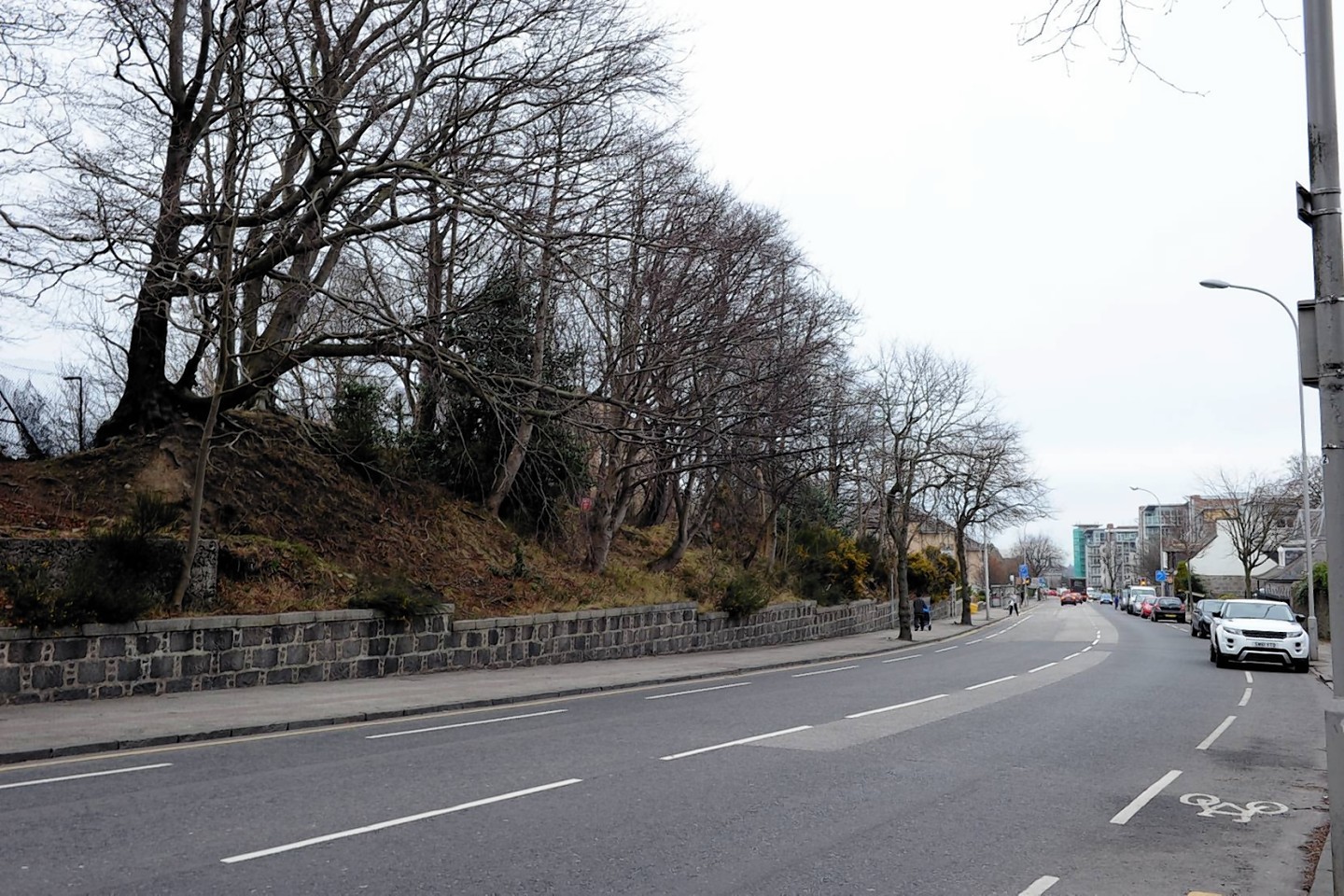Ambitious plans for a multimillion-pound granite heritage centre in Aberdeen could be back on track after crunch talks in the city yesterday.
Supporters of the proposals for the landmark attraction at Rubislaw Quarry were dismayed last month after being told their dream project could be derailed by the removal of a dozen trees.
It is understood council officials re-iterated those concerns at a private meeting yesterday, but also asked for extra information before making a decision – likely by the end of May.
Hugh Black, one of the site owners, said the developers were now “working towards a positive resolution” for the application.
The prospect of collapse of the £6million scheme because of the loss of such a small number of trees was greeted with a furious response by many Aberdonians.
Last night, ward councillor Jennifer Stewart said she had written to the chief executive on behalf of her constituents, asking that elected members vote on the application rather than it being left to officials.
Mrs Stewart added: “When it comes to housing developments, they seem to have no concerns about losing trees.”
The Press and Journal understands the new information being requested relates to landscaping plans and the projected economic benefits of the visitor centre.
Rubislaw Quarry was once the largest man-made hole in Europe, with more than 10 million tonnes of granite excavated over three centuries.
Mr Black and his partner, Sandy Whyte, believe the site offers an opportunity to create a unique monument to celebrate the city’s heritage.
The businessmen were told previously that the application could be dealt with under delegated powers, meaning it would not come to the planning committee.
That prompted deputy council leader Marie Boulton to intervene and call for the plans to be considered by councillors.
The granite heritage centre plan is included in the Labour-led administration’s strategic infrastructure plan (SIP) – a blueprint for the proposed development of the city in the years to come. However, councillors cannot express an opinion on the application if it might be brought to committee at a later date.
Privately, it is understood there is considerable support within the council chamber for the project.
In total, 85 trees will have to be removed for work on the development to begin.
Most are dying, but 12 have been rated as being in a fair condition.
Planners have said the loss would go against official policy on landscape and green spaces.
However, the site owners have argued that the wider ecology and habitat would be improved by bringing the neglected site back to use.
The heritage centre project would include a system to lower the water level, regenerating tree and shrub growth.
The quarry was officially closed in 1971 and since then, it has slowly filled with water which has destroyed hundreds of trees. Mr Black said this has had a negative effect on the ecology, habitat and wildlife including forcing peregrine falcons from the area.
The owners have already pumped out a significant amount of the water that had gathered since the site closed in the 1970s.
In August 2012, the owners welcomed Lord Provost George Adam to flick the switch on a pump which has successfully reduced the water level by about 10ft, easing the concerns of neighbours over the potential for flooding.
Mr Black and Mr Whyte have spent the last three years meeting Aberdonians, in adult groups, at schools, colleges and universities and say they have encountered unanimous support for the plans.



